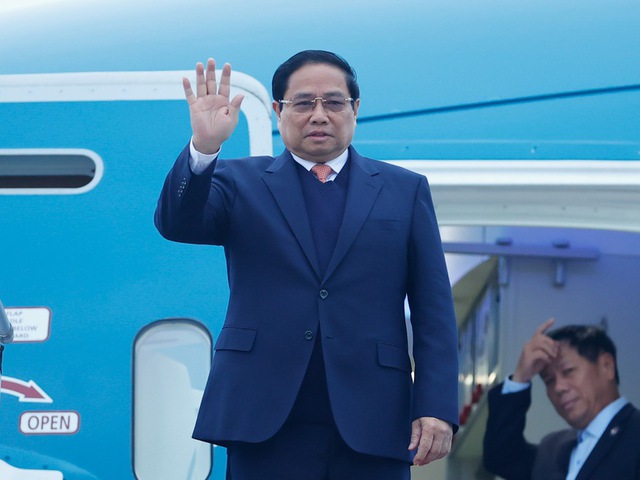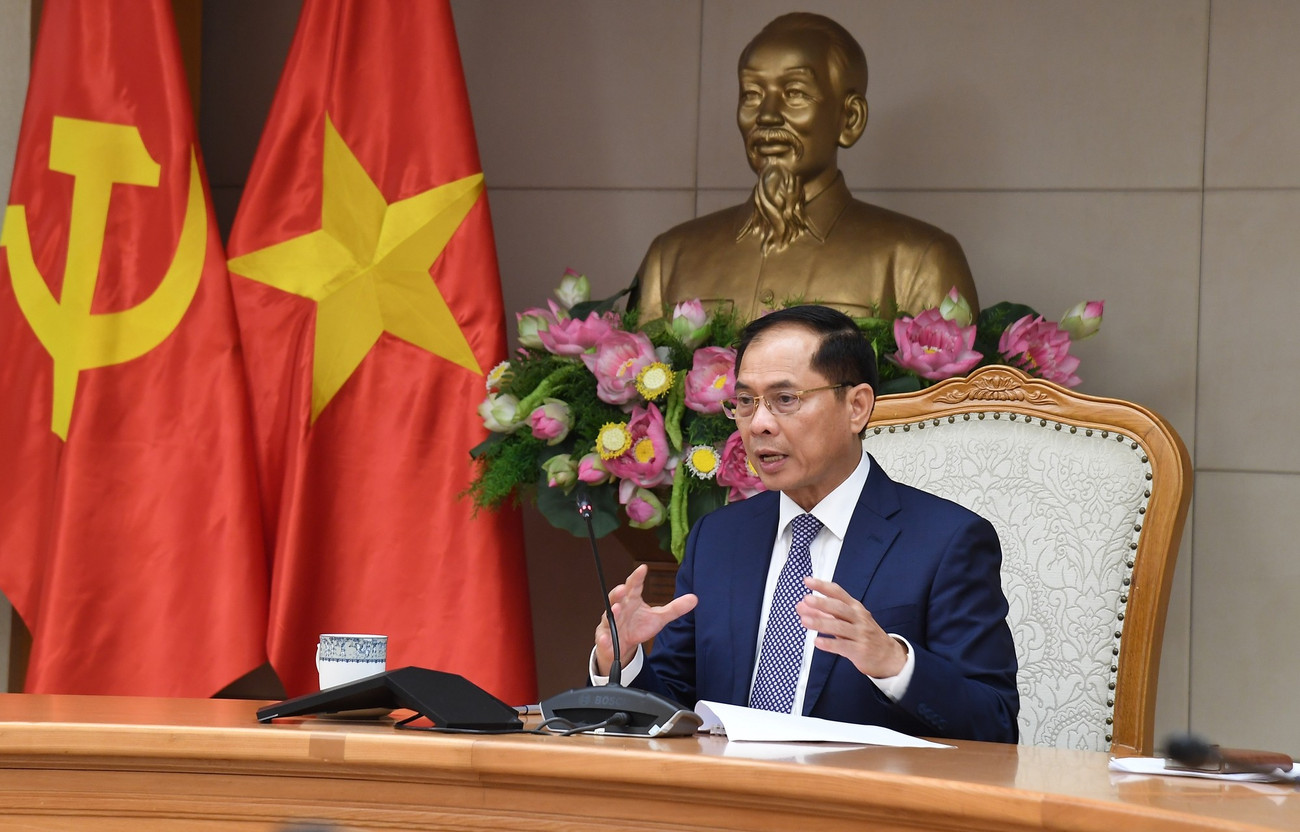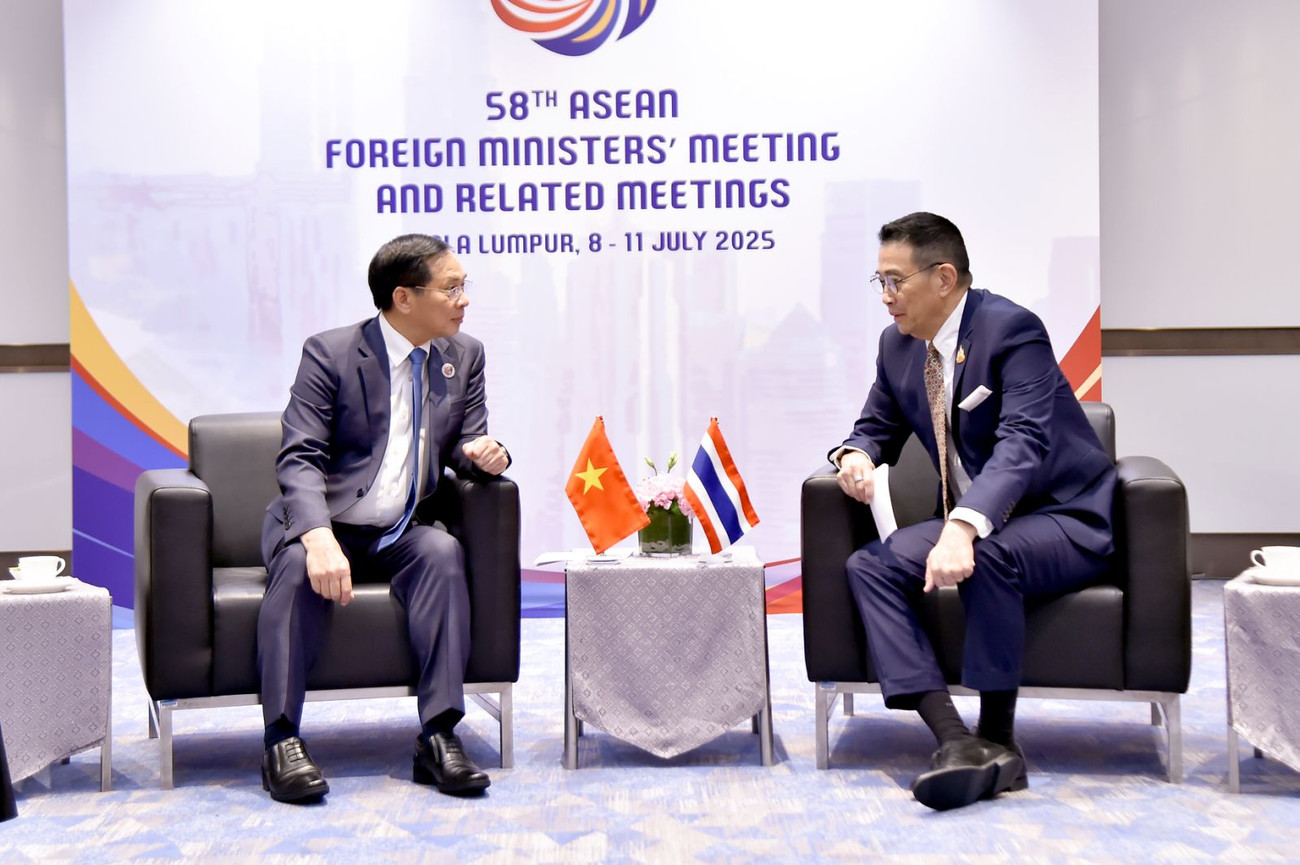MOIT VIETNAM | Vietnam and Laos Sign Multi-Billion-Dollar Investment Agreements to Strengthen Strategic Partnership
/ News / Activities
Vietnam and Laos Sign Multi-Billion-Dollar Investment Agreements to Strengthen Strategic Partnership
On January 9, 2025, the Lao capital of Vientiane hosted the Vietnam–Laos Investment Cooperation Conference, an event that signaled a new chapter in the longstanding relationship between the two countries. The gathering was attended by Vietnamese Prime Minister Phạm Minh Chính and Lao Prime Minister Sonexay Siphandone, alongside senior officials, policymakers, and representatives of leading enterprises. In a series of signing ceremonies, both sides exchanged investment licenses, cooperation agreements, and financing commitments worth several billion U.S. dollars. These agreements underscored the depth of trust between the two nations and reflected their determination to transform historical solidarity into modern economic partnership.
.jpg)
The conference carried symbolic weight as well as practical importance. For decades, Vietnam and Laos have described their relationship as one of “special solidarity,” forged during shared struggles for independence and sustained through political and cultural bonds. Yet the challenges of the 21st century—ranging from climate change and technological transformation to global economic uncertainty—demand a new model of cooperation. The investment agreements announced in Vientiane represent precisely that: a shift from primarily political ties to a broader agenda that encompasses trade, industry, infrastructure, human capital, and sustainable development.
Expanding Energy and Industrial Cooperation
Energy and industrial ventures formed the backbone of the conference agreements, reflecting Laos’s aspirations to become a regional hub for electricity production and Vietnam’s growing demand for secure and diversified energy sources.
SDVIC Wind Power Company received approval to invest an additional 32 million U.S. dollars in the Savan1 Wind Power Plant. This expansion is more than a financial transaction—it is a statement of intent from both governments to prioritize renewable energy and reduce reliance on fossil fuels. In an era when Southeast Asia faces rising energy consumption and increasing climate vulnerability, projects like Savan1 highlight how cross-border cooperation can advance both economic and environmental goals.
.jpg)
In agriculture, Vinamilk, Vietnam’s largest dairy producer, expanded its investment in a dairy farm complex in Laos by 85.2 million U.S. dollars. The project enhances food security and fosters value-added agricultural production in a country where the sector remains central to livelihoods. By investing in modern technology and sustainable farming practices, Vinamilk’s project also positions Laos to move beyond subsistence farming toward a more competitive role in the regional food supply chain.
In finance, Military Commercial Joint Stock Bank (MB) secured approval to raise the charter capital of its subsidiary MB Laos by 229.9 billion Lao kip. The decision strengthens the bank’s capacity to support bilateral trade and large-scale investment projects. Moreover, MB signed financing arrangements for both the Savan1 Wind Power Plant and the Xekong Thermal Power Plant, demonstrating how financial institutions can act as catalysts for cross-border economic development.
.jpg)
Heavy industry was also prominent. Vietnam Phuong Investment Group signed an agreement with the Lao Ministry of Planning and Investment to advance a bauxite mining and alumina processing project valued at one billion U.S. dollars, with an annual capacity of one million tons. Simultaneously, the group received approval to build five hydropower plants in Sekong Province with a combined capacity of 180 megawatts and an investment of 197 million U.S. dollars. Complementing these initiatives, the Vietnam National Chemical Group obtained a construction license for a potash mining and processing project worth 522.4 million U.S. dollars, an investment expected to enhance agricultural productivity across the region.
Collectively, these ventures highlight a strategic alignment: Laos seeks to leverage its abundant natural resources and geographic advantages, while Vietnam brings capital, technology, and managerial expertise. The synergy creates opportunities for shared growth, but it also requires careful attention to sustainability, environmental impacts, and equitable distribution of benefits.
Building Modern Infrastructure and Aviation Connectivity
Infrastructure development emerged as another critical theme. Laos, a landlocked country, has long faced limitations in connectivity. Improving transport networks—particularly aviation—is vital to its ambition of transforming from a landlocked to a “land-linked” economy.
At the conference, Sovico Group and Transport Engineering Design Incorporated (TEDI) signed a consultancy contract with the Lao Ministry of Public Works and Transport and the Lao Airport Authority. The contract calls for surveys and a master plan to modernize Laos’s airport system through 2030, with a long-term vision extending to 2050. The plan is expected to accommodate rising passenger traffic, expand trade flows, and strengthen Laos’s role in regional logistics.
.jpg)
In parallel, Vietnam Airlines and Lao Airlines signed a memorandum of understanding to broaden cooperation in civil aviation. Expanded flight connections between the two countries will not only stimulate tourism but also facilitate business travel, education exchanges, and cultural interaction. For both economies, stronger aviation links represent a pathway to greater integration into regional and global networks.
Strengthening Agriculture, Aquaculture, and Human Capital
Beyond industry and infrastructure, the conference emphasized sectors essential to inclusive development: agriculture, aquaculture, and human resources.
The Lao Department of Livestock and Fisheries signed an agreement with the Vietnam–Laos Agro-Products Group to establish a high-technology aquaculture chain in hydropower reservoirs. This project aligns economic development with environmental sustainability, utilizing existing water infrastructure to promote fisheries, create rural employment, and diversify food production.
Equally significant was a tripartite agreement involving the Institute of Human Resource Development and International Cooperation (IHC), the Vietnam Business Association in Laos (AVILA), and the Lao Young Entrepreneurs Association (YEAL). The agreement focuses on workforce training and capacity building, equipping Lao professionals with the skills necessary for a modern economy. For Laos, where human capital development is a national priority, the partnership represents an investment in people as much as in projects. For Vietnam, it ensures that its businesses in Laos will have access to a trained and competitive labor force.
The agreements signed in Vientiane should be viewed not only as bilateral achievements but also as contributions to broader regional dynamics. Southeast Asia is at a critical juncture: rapid economic growth, integration through ASEAN, and strategic competition among major powers create both opportunities and challenges. Within this context, the Vietnam–Laos partnership stands out as a model of trust and continuity.
.jpg)
By mobilizing multi-billion-dollar investments, the two countries are reinforcing their shared commitment to regional stability. Laos, with its strategic location at the heart of the Mekong subregion, gains opportunities to diversify its economy and reduce dependence on external aid. Vietnam, with its increasingly outward-looking economic strategy, secures new markets, resources, and energy supplies. Both nations, in turn, strengthen their ability to navigate global uncertainties, from supply chain disruptions to shifting geopolitical alignments.
The message from Vientiane was unmistakable. As Prime Ministers Phạm Minh Chính and Sonexay Siphandone witnessed the signing of agreements spanning energy, industry, agriculture, finance, and education, they reaffirmed that the Vietnam–Laos relationship is not confined to the past. It is a living partnership—dynamic, practical, and forward-looking.
The projects announced at the conference are expected to generate jobs, build infrastructure, and enhance the resilience of both economies. They also serve as tangible evidence that “special solidarity” can be translated into concrete development outcomes. At a time when global uncertainties are reshaping economic strategies, Vietnam and Laos have shown that loyalty, mutual respect, and shared vision remain powerful foundations for cooperation.
Looking ahead, the challenge will lie in ensuring that these investments deliver inclusive benefits, protect the environment, and align with the aspirations of both peoples. If successful, the initiatives launched in Vientiane will not only transform bilateral ties but also strengthen Southeast Asia’s collective pursuit of sustainable and resilient growth.
-
/ News / Activities
Prime Minister Pham Minh Chinh’s Strategic Visit to Laos Marks New Chapter in Bilateral Relations
Prime Minister Pham Minh Chinh’s official visit to the Lao People’s Democratic Republic and his co-chairmanship of the 47th meeting of the Vietnam–...
-
/ News
Deepening Cooperation, Strengthening Regional Unity
On the afternoon of July 28, 2025, at the Government Headquarters in Hanoi, Deputy Prime Minister and Minister of Foreign Affairs of Vietnam, Mr. B...
-
/ News / Activities
Vietnam and Laos Accelerate Toward Deeper Regional Integration and Unprecedented Trade Growth
In an era where regional connectivity and economic resilience are critical pillars for national development, Vietnam and Laos are emerging as a mod...





